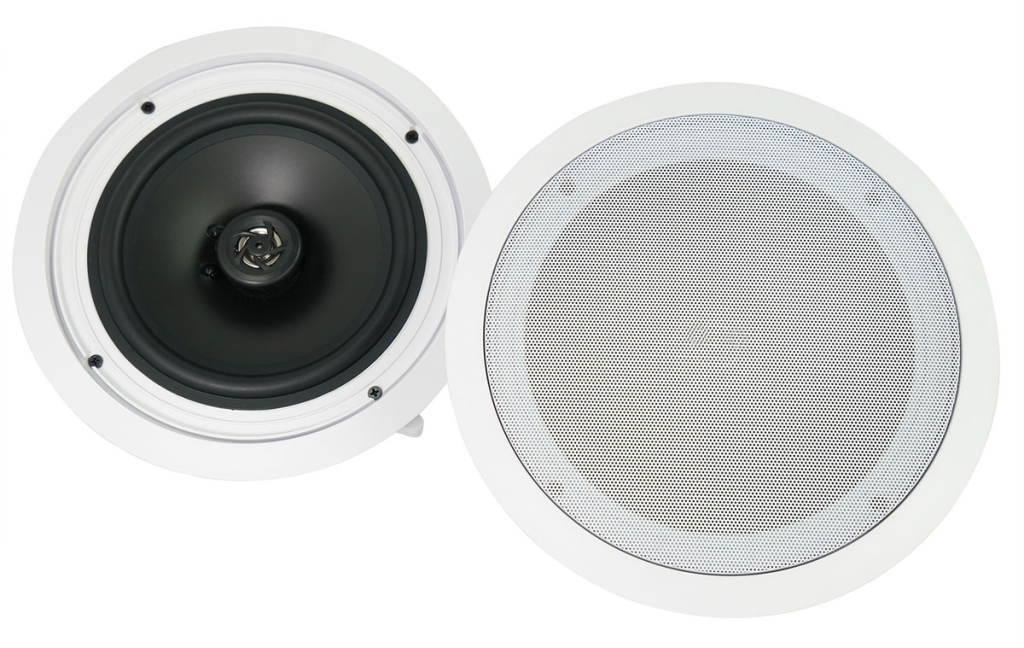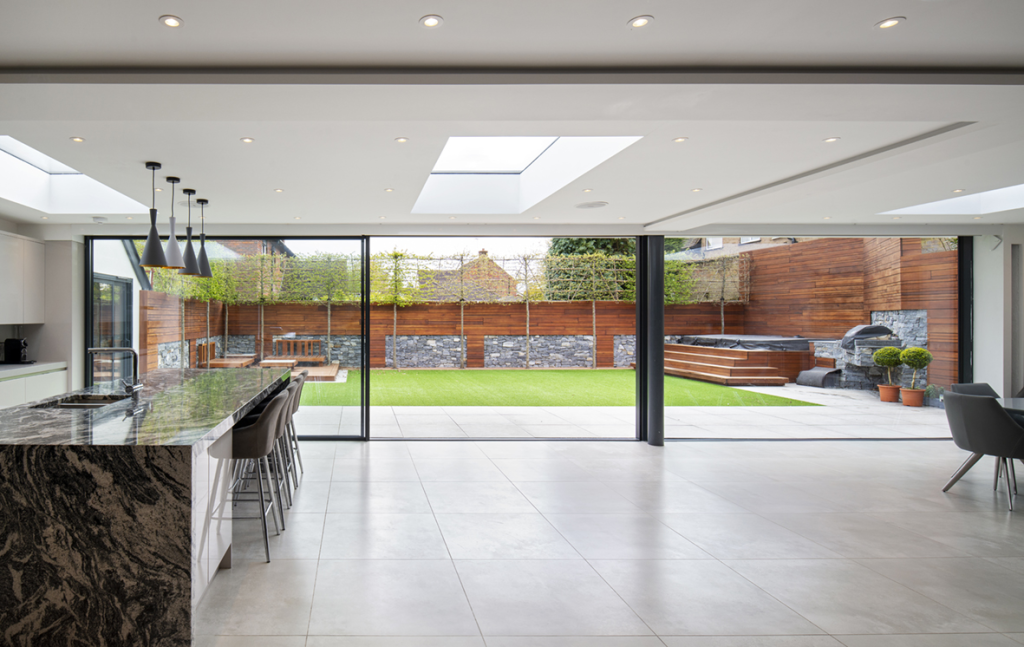Selecting the right curtains for your home can transform a room’s look and feel. When you have an 8-foot ceiling, the choice of curtain length is crucial to achieve the right aesthetic balance. In this guide, we’ll explore everything you need to know about choosing and using 84 Inch Curtains for an 8 Foot Ceiling, from measurement tips to styling ideas.

Why 84 Inch Curtains for an 8 Foot Ceiling?
Curtains play a significant role in a room’s design, affecting both functionality and aesthetics. For an 8-foot ceiling, 84-inch curtains are a popular choice due to their versatility and ability to complement various interior styles.
Read too: Kitchen Lighting For A Vaulted Ceiling: Illuminating Your Space with Style and Functionality
Understanding Curtain Length
Curtains are typically measured from the top of the rod to the bottom of the fabric. For an 8-foot (96 inches) ceiling, 84-inch curtains offer a specific look that falls between a stylish, floor-grazing length and a more traditional window-length. Here’s why they work well:
- Proportionate Design: 84-inch curtains are designed to fall just below the window sill or touch the floor lightly, making them ideal for rooms with standard 8-foot ceilings.
- Versatility: They work well with various window styles and heights, making them a flexible option for different rooms.
- Ease of Maintenance: Shorter curtains are often easier to clean and maintain compared to longer ones.
Measuring for 84 Inch Curtains on an 8 Foot Ceiling
Proper measurement is crucial for achieving the desired look with your curtains. Here’s how to measure correctly:
1. Measure the Window Width
To determine the width of the curtains you need, measure the width of your window. It’s generally recommended to add 4 to 8 inches to each side of the window for full coverage and a more finished look. This extra width ensures that when the curtains are drawn open, they will frame the window nicely.
2. Determine the Curtain Rod Placement
Measure the height from the top of the window frame to the desired curtain rod placement. For an 8-foot ceiling, placing the curtain rod a few inches above the window frame can give the illusion of higher ceilings and more elegant proportions.
3. Calculate the Curtain Length
For 84-inch curtains, measure from the curtain rod placement down to where you want the curtains to fall. Typically, for an 8-foot ceiling, 84-inch curtains will hang just below the window sill or lightly touch the floor, depending on the rod height.
4. Consider the Curtain Style
The style of the curtains will influence how they hang. Grommet, tab-top, and rod-pocket curtains may have different hanging heights. Ensure the style you choose complements the length of your curtains.
Installing 84 Inch Curtains for an 8 Foot Ceiling
Proper installation is key to achieving the best look and functionality for your curtains. Here’s a step-by-step guide:
1. Install the Curtain Rod
Install the curtain rod according to the height measured. Use a level to ensure that the rod is straight. For heavier curtains, ensure the rod is securely anchored into the wall studs.
2. Hang the Curtains
Once the rod is installed, hang the 84-inch curtains on the rod. Adjust the height if needed to ensure they fall correctly. Use curtain hooks or rings if necessary for a clean and elegant finish.
3. Adjust for Proper Fit
Adjust the curtains to ensure they are evenly distributed and hang correctly. Make any necessary adjustments to the curtain length by either raising or lowering the rod or by altering the curtain pleats.
4. Final Touches
Add curtain tiebacks or holdbacks if desired to enhance the look. These accessories can help in styling the curtains when they are drawn open and add a touch of elegance to your décor.
Styling Tips for 84 Inch Curtains on an 8 Foot Ceiling
Choosing the right style for your curtains can enhance your room’s overall look. Here are some tips for styling 84-inch curtains:
1. Choose the Right Fabric
The fabric of your curtains impacts both their appearance and functionality. Light fabrics like linen or sheer curtains create a breezy, airy feel, while heavier fabrics like velvet or brocade add a touch of luxury and warmth.
2. Opt for Patterns or Colors
Select patterns and colors that complement your room’s décor. Solid colors can create a sleek and modern look, while patterns add visual interest and texture. Ensure that the curtains blend well with your existing color scheme and furniture.
3. Layer with Blinds or Shades
For added versatility, consider layering your 84-inch curtains with blinds or shades. This combination allows for flexible light control and privacy options while enhancing the overall design of your window treatments.
4. Use Curtain Accessories
Accessorize your curtains with decorative tiebacks, holdbacks, or finials to add a personalized touch. These accessories can make your curtains look more polished and integrated into your room’s décor.
Maintenance and Care for 84 Inch Curtains
Keeping your curtains in good condition is essential for maintaining their appearance and longevity. Here’s how to care for 84-inch curtains:
1. Regular Dusting
Dust your curtains regularly to prevent buildup and keep them looking fresh. A vacuum with a brush attachment or a lint roller can be effective for removing dust.
2. Spot Cleaning
Address stains or spills promptly with spot cleaning. Use a mild detergent and a clean cloth to gently dab the affected area. Avoid using harsh chemicals that can damage the fabric.
3. Professional Cleaning
For heavier cleaning, especially for delicate fabrics, consider professional cleaning services. Follow the manufacturer’s care instructions to ensure that your curtains are cleaned properly without damage.
4. Proper Storage
If you need to store your curtains, ensure they are clean and dry before folding. Store them in a cool, dry place to avoid mildew or mold growth.
Conclusion
Selecting and installing 84 Inch Curtains for an 8 Foot Ceiling can significantly impact your room’s aesthetic and functionality. By understanding the measurement process, installation tips, and styling options, you can create a beautiful and harmonious window treatment that enhances your space. Whether you choose simple and elegant designs or bold patterns, the right curtains can elevate the look and feel of any room.


















